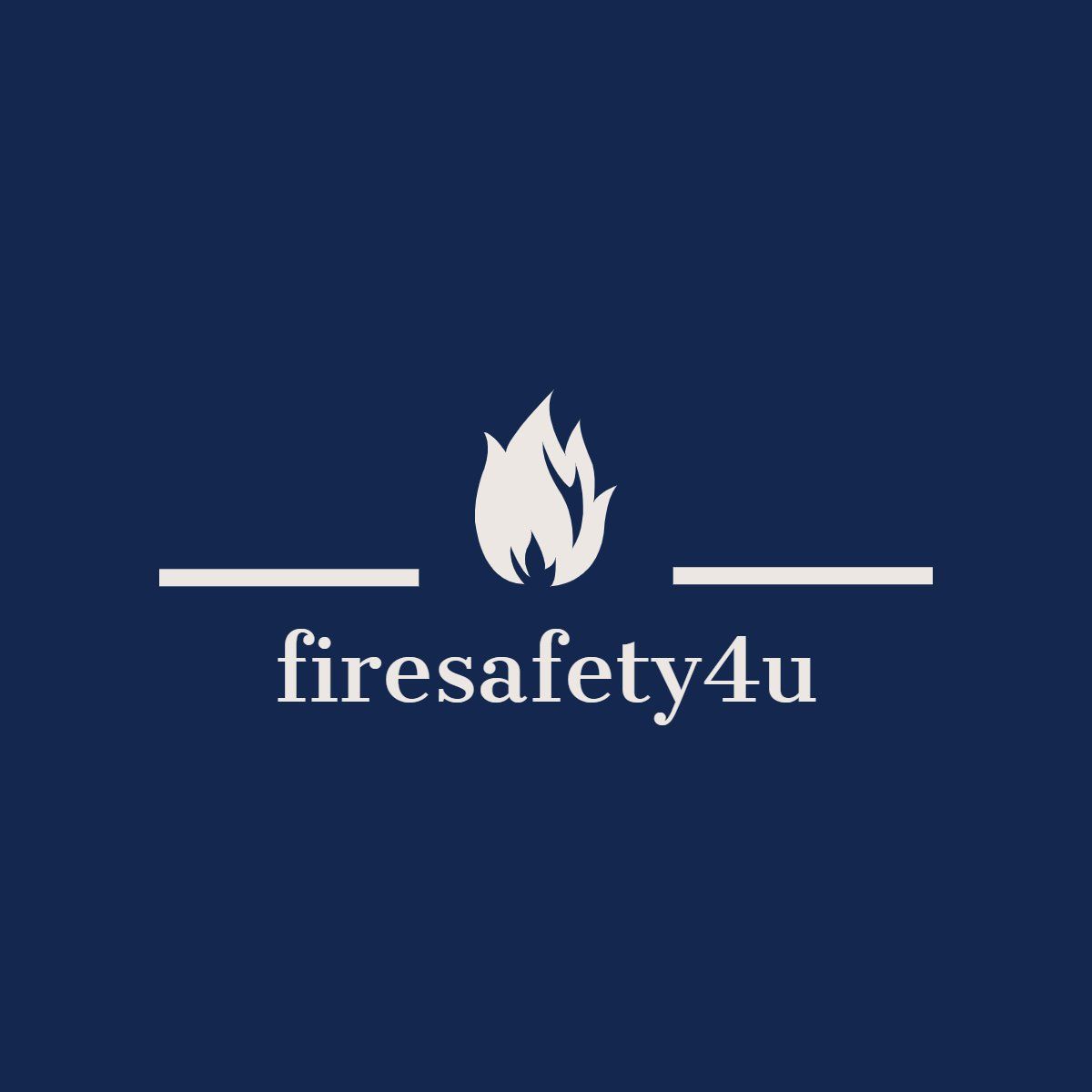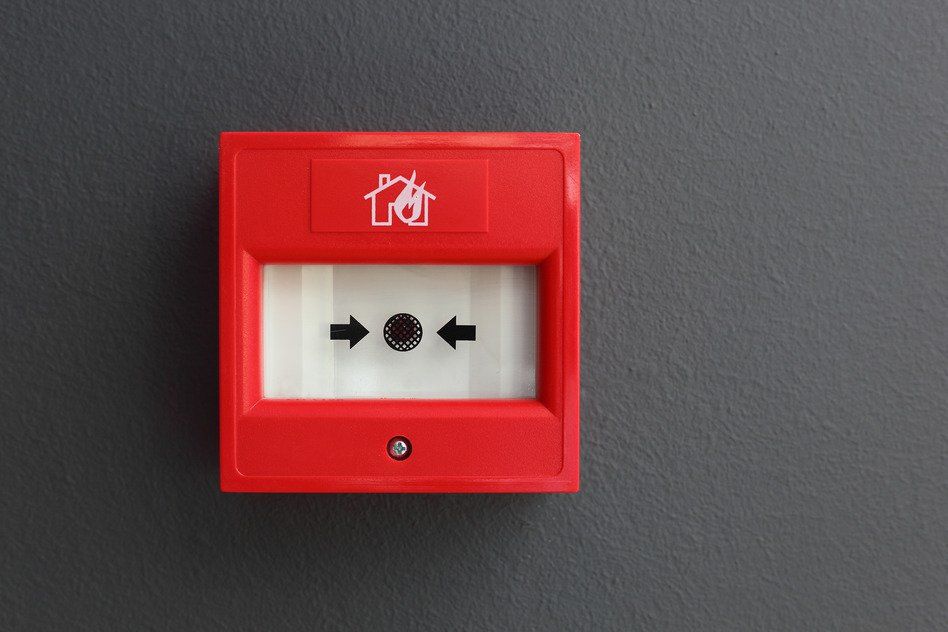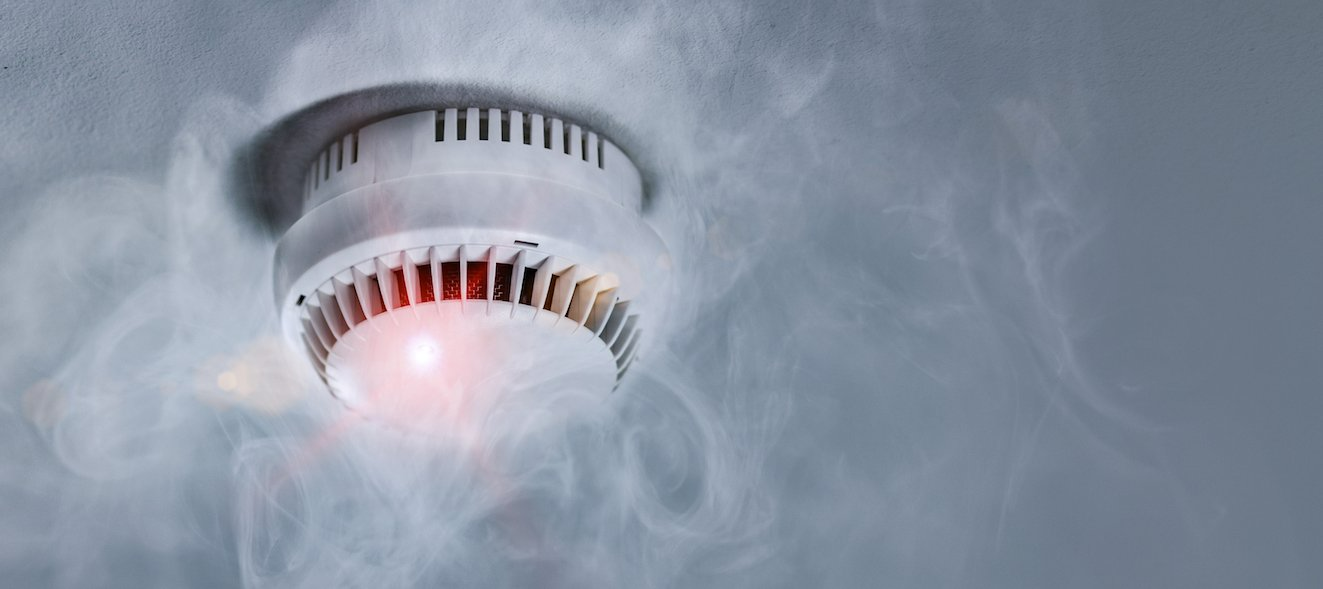What We Do
Fire Risk Assessment Survey
We specialise in helping occupiers comply with the Regulatory Reform (Fire Safety) Order 2005 by providing comprehensive fire risk assessments and expert advice.
Our services are designed to assist you in meeting your fire safety obligations and ensuring the safety of your premises.
We offer:
- Fire Risk Assessment: Identifying fire hazards, evaluating risks, and recommending necessary precautions.
- Fire Management Plan Implementation: Developing and maintaining tailored fire safety strategies for your property.
Let us help you safeguard your premises and meet regulatory requirements.
Commercial Premises Fire Risk Survey
Fire safety regulations require anyone with control over a commercial property to take reasonable steps to reduce fire risks and ensure safe evacuation in the event of a fire.
The Regulatory Reform (Fire Safety) Order 2005 applies to all non-domestic premises, placing varying levels of responsibility on owners, occupiers, and employers. These responsibilities include:
- Identifying fire hazards and mitigating risks.
- Ensuring fire detection, alarm systems, and emergency exits are in place and well-maintained.
- Providing fire safety training and awareness to staff.
Firesafety4u offers tailored Fire Risk Surveys to help you meet these obligations and protect your premises.
Rented Domestic Premises Fire Risk Survey
Within the rented sector, there is a legal obligation to ensure compliance with the Regulatory Reform (Fire Safety) Order 2005 (RRO). For properties outside the social housing sector, such as those managed by housing associations or local authorities, fire risk assessments are primarily required for the common parts of the premises.
Special arrangements apply to certain establishments, including:
- Hospitals and residential care premises, where fire safety measures must consider vulnerable occupants.
- Sleep accommodation settings, such as hostels, refuges, and Houses in Multiple Occupation (HMOs), where the nature of occupancy demands a focused approach to fire prevention and evacuation planning.
Firesafety4u specialises in fire risk assessments tailored to these unique environments, ensuring compliance and safety.
A Formal Fire Risk Assessment for All Non-Domestic Premises
The Regulatory Reform (Fire Safety) Order (RRO) 2005, which came into effect on 1 April 2006, mandates that all non-domestic premises and certain outdoor activities across England and Wales must comply with fire safety regulations.
Under the RRO, the responsible person must conduct a suitable and sufficient assessment of fire risks to identify the general fire precautions necessary to comply with the Order's requirements and prohibitions.
In addition to the RRO, the Fire Safety Act 2021 has clarified and extended fire safety responsibilities. This legislation applies to all buildings containing two or more sets of domestic premises, ensuring fire safety regulations cover:
- Building structure and external walls, including cladding, balconies, and windows.
- Doors between domestic premises and common parts, ensuring they are adequately fire-resistant.
The Fire Safety Act reinforces the duties of responsible persons, requiring them to assess and mitigate risks related to these areas, particularly in multi-occupancy buildings.
At FireSafety4U Ltd, we have been providing fire risk assessments in compliance with the RRO and the latest Fire Safety Act provisions. Our assessments are straightforward, robust, and designed to withstand scrutiny from authorities. They identify the general fire precautions needed for compliance and include:
- A clear Action Plan to address identified risks.
- Guidance on the necessary ongoing maintenance, servicing, and inspections required by the legislation.
Our goal is to assist responsible persons in meeting their statutory duties under the:
- Health & Safety at Work etc Act 1974
- Management of Health & Safety at Work Regulations 1999
- Regulatory Reform (Fire Safety) Order 2005
- Fire Safety Act 2021
- The Building Safety(England) Regulations 2022
The responsible person may include employers, occupiers, owners, landlords, or managing agents, depending on their level of control over the premises. Cooperation between occupants and the responsible person is essential for compliance.
If you need a fire risk assessment or further information about how FireSafety4U Ltd can assist you, please don’t hesitate to get in touch.
We are here to ensure your premises meet fire safety regulations effectively and confidently.
FAQ/INFO
Information of how to reduce Fire Hazards
− Operating a safe smoking policy in designated smoking areas and prohibiting smoking elsewhere;
− Enforcing the prohibition of matches and lighters and other naked flames in high fire risk areas;
− Ensuring that all equipment that could provide a source of ignition, even when not in use, is left in a safe condition;
− Making sure that any smoldering material (including smokers’ material) is properly extinguished before leaving the building; and Taking precautions to avoid the risk of arson.
Minimising the potential fuel for a fire
− Removing flammable materials and substances, or reducing them to the minimum required for the
operation of the business;
− Replacing materials and substances with less flammable alternatives;
− Ensuring flammable materials, liquids (and vapors) and gases are handled, transported, stored and used properly;
− Ensuring adequate separation distances between flammable materials;
− Storing highly flammable substances in fire>resisting stores and where necessary, keeping a minimum quantity in fire>resisting cabinets in the workroom;
− Removing, covering or treating large areas of flammable wall and ceiling linings to reduce the rate of flame spread across the surface;
− Replace or repairing furniture with damaged upholstery where the foam filling is exposed;
− Ensuring that flammable waste materials and rubbish are not allowed to build up and are carefully stored until properly disposed of;
− Taking action to avoid storage areas being vulnerable to arson or vandalism;
− Ensuring good housekeeping; and Improving the fire>resistance of the construction of the workplace.
Reducing sources of oxygen
Signage
General housekeeping
- Extinguisher signage displayed above correct appliance
- Fire action notices displayed in appropriate locations with correct assembly point details displayed.
- Self closing fire doors display "fire door keep clear" and low usage fire doors display "fire door keep shut" signage.
- Fire exit signage displaying escape routes and final exits in appropriate positions at high levels to be seen from any point.
- General housekeeping should be inspected to ensure;
- Escape routes remain free from obstruction and storage
- Combustible materials are not being stored close to sources of ignition (electrical consumer units, portable/fixed heating appliances, light fittings etc.)
Fire doors
A fire door has two purposes, firstly to resist the passage of fire and hot gases including hot smoke (FD) and secondly to resist the passage of cold smoke (FDs)
An FD fire door should be fitted with intumescent strips along the sides and top of the frame including the ap between the leaves of double leaf fire door sets. The gap along the sides/top/between leaves should be 3mm +/1mm. BS 8214:2008 states that under door thresholds should be in accordance with the manufacturer’s instructions for the particular door set design.
A FDs fire door should be fitted with cold smoke seals which seal of the gaps including the threshold. BS 8214:2008 states that, when fitted, smoke seals should give an even contact with the floor but should not exhibit significant increased frictional force that could interfere with the closing of the door.
About Us
Marios Constantas
NEBOSH National General Certificate in Occupational Health and Safety
NEBOSH National Certificate in Construction Health and Safety
C06 Fire Risk Assessment - FPA qualified (Fire protection association)
C08 Fire Risk Management in Residential Properties - FPA qualified (Fire protection association)
ABBE Level 3 Award in Fire Door Inspection
ABBE Level 3 Certificate in Fire Risk Assessment
ABBE Level 4 Certificate in Fire Risk Assessment
Level 3 Award in Inspecting Fire Stopping Installations(course completed qualification pending)
Tech IOSH
Basic Fire Awareness(B9 Training & Consultancy)
Associate Member of The Institute of Fire Safety Managers(IFSM)




